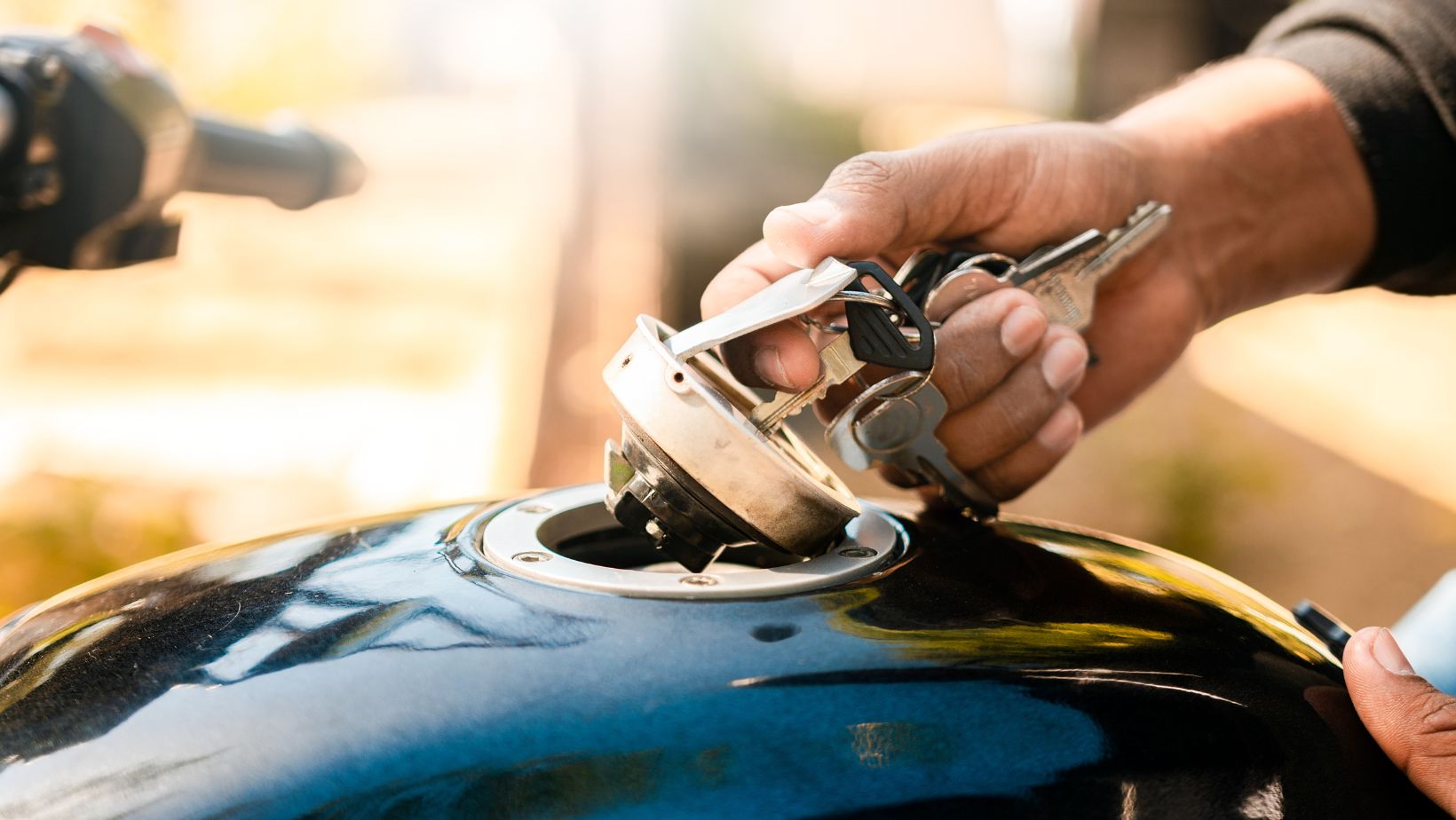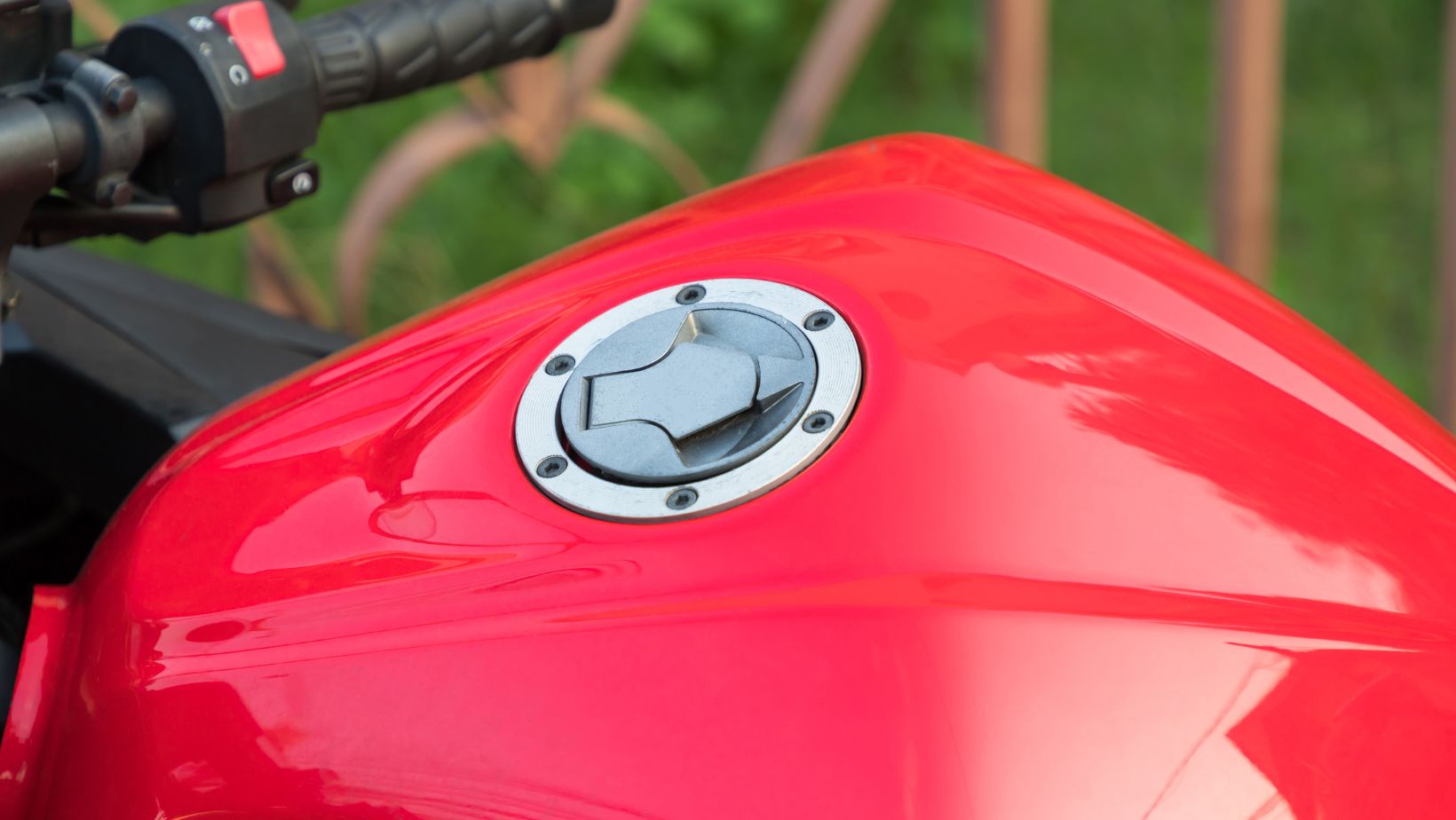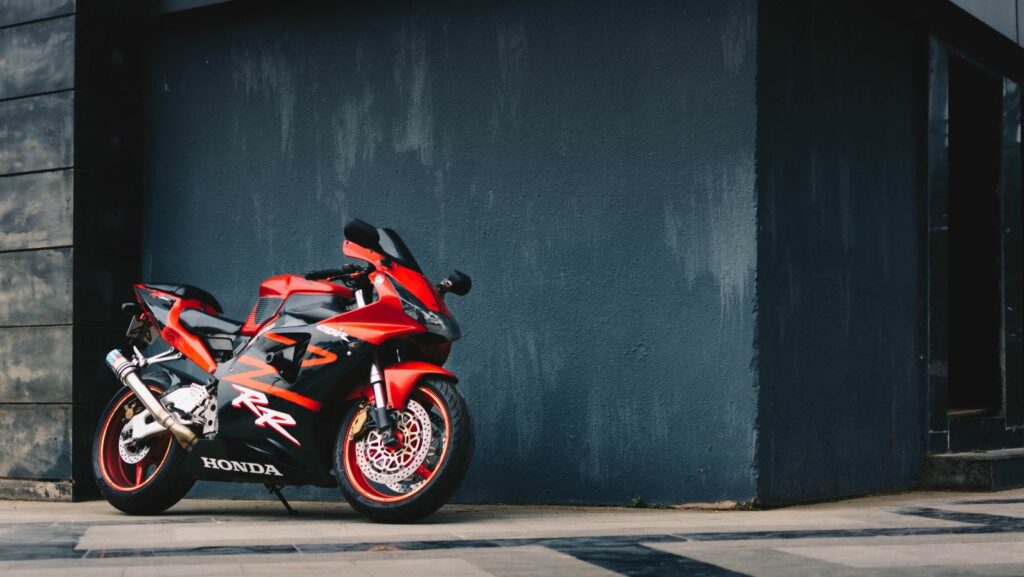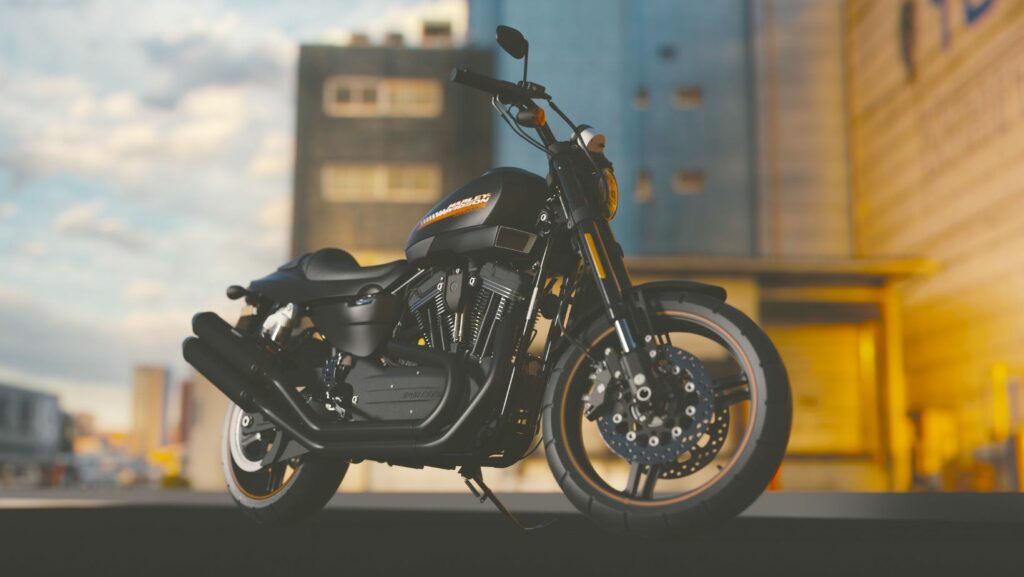
Honda Motorcycle Gas Tanks
When it comes to vintage Honda motorcycles, one of the most sought-after parts is the gas tank. These iconic tanks not only hold fuel but also serve as a statement piece, showcasing the timeless design and craftsmanship of these classic bikes. Whether you’re restoring an old Honda motorcycle or looking to customize your ride, finding an authentic vintage gas tank can be a game-changer.
Vintage Honda motorcycle gas tanks come in a variety of shapes, sizes, and colors, reflecting the different models produced over the years. From the early CB series to the legendary Super Cub, each tank carries its own unique charm and history. Restoring a vintage bike with an original gas tank adds value and authenticity to your project while preserving its nostalgic appeal.
Finding a vintage Honda motorcycle gas tank can sometimes be a challenge due to their rarity. However, there are online marketplaces and specialized dealers who offer a wide range of options for enthusiasts. It’s important to ensure that any tank you purchase is in good condition and free from rust or damage. Additionally, proper care and maintenance are essential to keep your vintage gas tank looking pristine for years to come.
Whether you’re a collector or simply appreciate the beauty of vintage motorcycles, investing in an authentic Honda gas tank can elevate your ride to another level. Not only does it give your bike that classic look, but it also allows you to relive the golden era of motorcycling while turning heads on the road.

Restoring And Cleaning Vintage Honda Motorcycle Gas Tanks
When it comes to vintage Honda motorcycle gas tanks, proper restoration and cleaning are essential for maintaining their original look and functionality. Whether you’re a collector or an enthusiast, taking care of these iconic pieces is crucial to preserving the bike’s overall value and performance. In this section, we’ll explore some key steps and considerations when it comes to restoring and cleaning vintage Honda motorcycle gas tanks.
- Assessing the Condition: Before diving into any restoration work, it’s important to assess the condition of the gas tank thoroughly. Look out for signs of rust, dents, scratches, or any other damage that may need attention. Take note of the specific model and year of your vintage Honda motorcycle as different models may have slightly different designs or materials used for their gas tanks.
- Removing Old Paint: If you find that the paint on your vintage Honda motorcycle gas tank is faded or peeling off, removing it is often necessary before proceeding with any further restoration work. There are various methods available to strip away old paint, such as sanding or using chemical strippers. Be sure to follow safety precautions when working with chemicals and wear protective gear.
- Repairing Rust: Dealing with rust is a common challenge when restoring vintage motorcycle gas tanks. If you notice any rust spots on your tank’s surface, it’s crucial to address them promptly to prevent further corrosion. Depending on the severity of the rust, you may need to use specialized products like rust converters or perform more extensive repairs like welding patches if required.
- Cleaning the Interior: The interior of a vintage Honda motorcycle gas tank can accumulate debris over time due to fuel residue or sediment build-up. To clean the interior effectively, first drain all remaining fuel from the tank completely. Next, use appropriate cleaning agents like vinegar or commercial cleaners specifically designed for fuel systems in motorcycles.
- Refinishing: Once you’ve completed the necessary repairs and cleaning, it’s time to refinish the gas tank. This step involves priming, painting, and clear coating the exterior to restore its original appearance. Ensure that you use high-quality paint products suitable for motorcycle gas tanks and follow proper application techniques for a smooth and durable finish.
Remember, restoring and cleaning vintage Honda motorcycle gas tanks requires patience, attention to detail, and sometimes specialized knowledge. If you’re unsure about any step or encounter significant damage during the restoration process, it’s always recommended to consult with professionals or experienced enthusiasts who can offer guidance.



